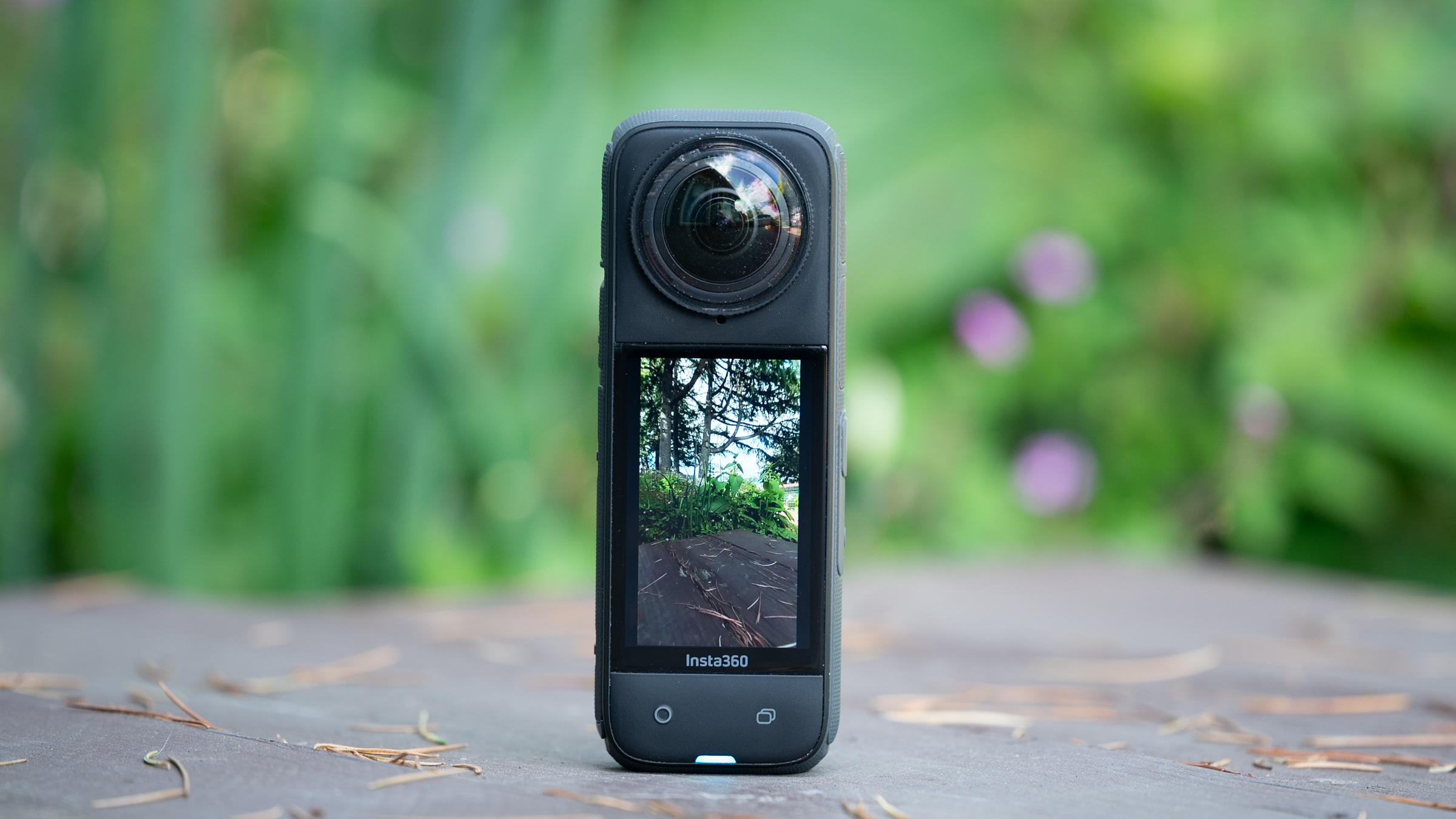
I've been reviewing Insta360 products for years and one thing the company isn't shy about is trying new things then radically redesigning them. I'm sure not everyone loves that approach but generally the quality has only gotten better. What it's meant for me is that at this point I have a box of accessories and cameras that all have unique uses. Our list of the best action cameras has options from Insta360 if I want to vlog, if there's a unique angle I need, and there are even a few generations of traditional action cameras. Despite my love of those cameras though, there's one I grab more than any other.
Price: £499.99 / $499.99 / €559.99
Video Resolution: Max 360-degree video resolution 8k at 30 fps and 5.7k at 60 fps, Max 360-degree slow motion resolution 4k at 100fps, Max wide angle resolution 4k at 60 fps (single lens), Me mode (single lens and invisible selfie stick) 4k at 30 fps and 2.7k at 120 fps
Water resistance: Waterproof to 10m (33ft)
Run Time: 2290 mAh battery and up to 135 Minutes in 5.7k at 30 fps or 71 minutes in 8k at 30fps
When I want to record myself and my adventures on a bike, it's the Insta360 x3 that I grab over and over. Of all the cameras I have there's none I use more but more and more, that camera is showing its age. In today's world 4k is standard. Even silly 30 second reels need 4k resolution or they feel dated.
The Insta360 x4 is here to save the day. This new camera from Insta360 takes everything I love about the x3 and makes it better. Since I’ve had it I've been playing with it just as much as the old one. In many ways that means I've been using it for years but there are still a few new details. Now that I've had a chance to understand it, I'm ready to discuss it. If you are looking for a way to record your life behind the bars, keep reading to find out if the Insta360 x4 is right for you.
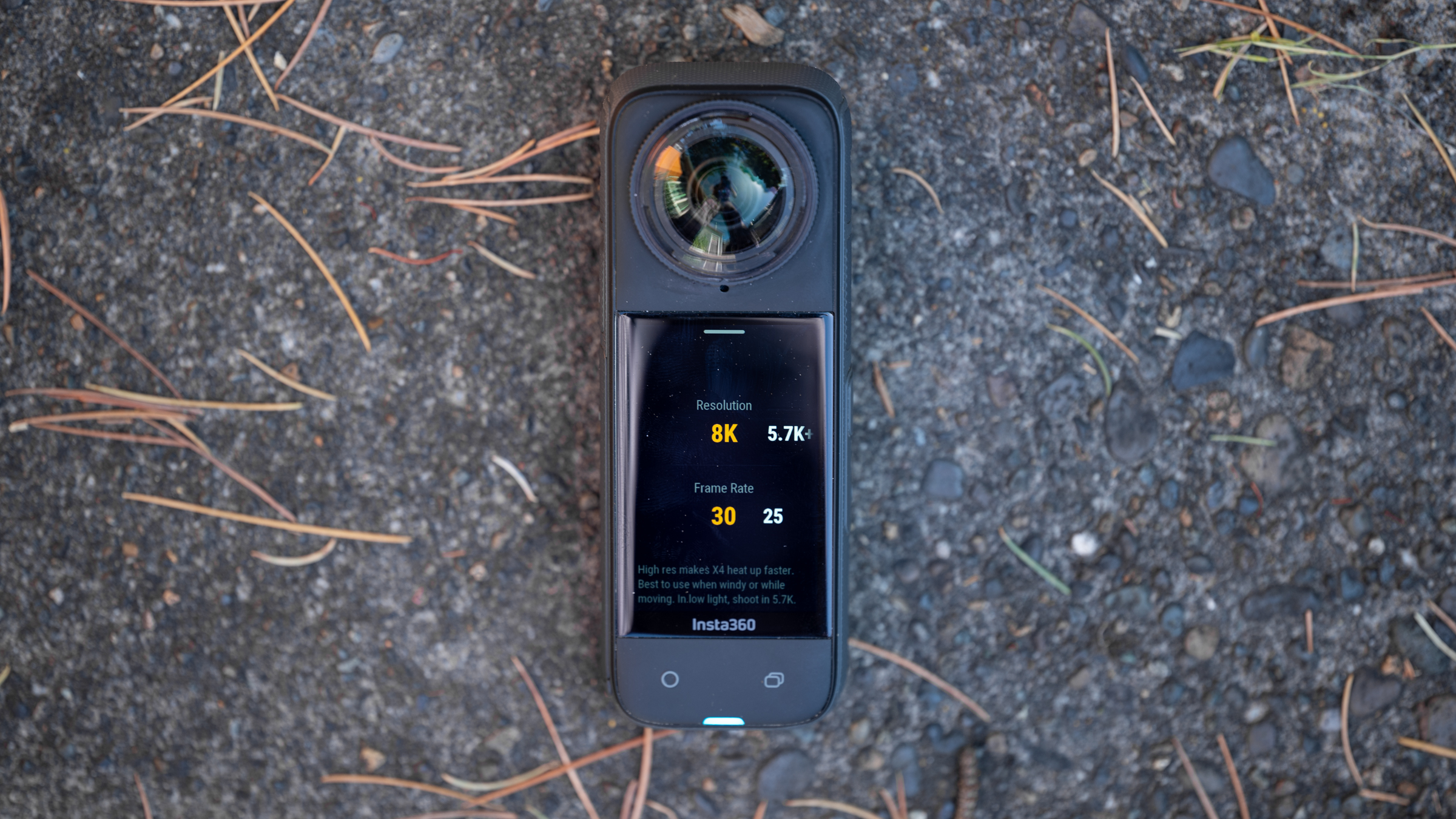
Design and aesthetics
Despite the name, not all Insta360 cameras actually shoot in 360 mode. The most recent release from the brand is a perfect example of that as the Ace Pro moved away from offering a traditional (better known as GoPro-style) action camera with a 360 mode. While I have no insider knowledge, I'd guess the brand made that choice because over the years the Insta360 X-series of cameras has emerged as the style that makes the most sense for 360 shooting.
That positions the new Insta360 x4 as the premier camera on the market for shooting 360-degree video. Instead of a small square, the X4 is a dense candy bar. On the scale, it registers 208 grams and in hand, it's roughly 115x40x20 mm with one side mostly covered in a ridged, grippy, hard plastic and the other side dominated by a 2.5in Gorilla Glass touchscreen display. There's a tripod mount on the base and a quick function button plus power button on one side.
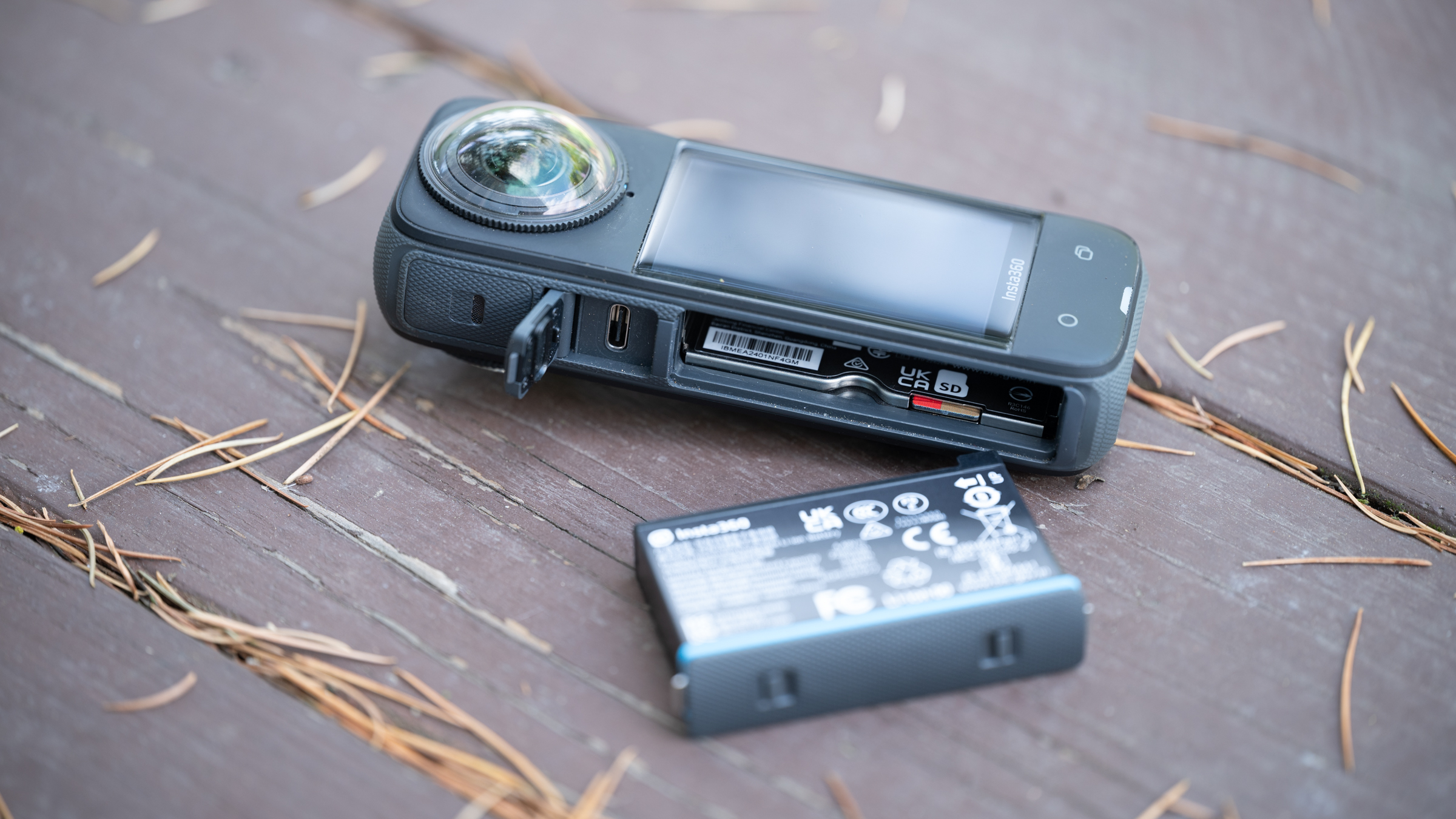
The opposite side has the doors for the removable 2290 mAh battery and the USB-C port for charging and data transfer. You can find the micro-SD storage card down alongside the battery.
On top of that, there's also the lenses. The thing that makes a 360-degree camera special is the pair of dual lenses sitting at the top of the form factor. Each one is roughly 35mm round with a 170-degree field of view and up to 4k at 60 fps. Also, new to the x4 compared to the x3, is a pair of standard removable lens guards that now come in the box. You'll also find a mic on either side of the camera on the upper edges.
When it's time to use the camera, a long press of the power button turns it on. The touch screen allows a quick slide interface where sliding to the left shows the captured video or 72mp still frames. Slide down and you'll get access to quick resolution and frame rate options and move to the right to get exposure and colour choices. The final slide is down from the top where you can find the settings menu.
For many people, the magic of a 360-degree camera is the invisible selfie trick. What this amounts to is that anything perfectly in line with the camera body is invisible to the dual lenses. It allows for mounting a selfie stick into the tripod threads at the base and extending it out for a third-person point of view that feels like a drone shot. This hasn't changed with the x4 so ideas like attaching the camera to a selfie stick attached to the back of the saddle, or out from your bars, continue to be viable options.
If this is on your list of reasons for wanting a 360-camera, the x4 has a new AI Gesture Control feature to make it easier when you can't reach the camera. While some past models could use voice commands, this time raising your palm (as if motioning to stop) will either begin or end the recording. There are also still a variety of voice commands available as well, and the choice of either is up to you via the settings.
Of course, as with all recent Insta360 models, image stabilisation has no problem dealing with camera movement either handheld or mounted to a selfie stick. FlowState Stabilization will smooth out bumps even while extended on a flexible selfie stick while descending at high speed. Alternatively, Horizon Lock keeps a level horizon even with camera rotation.
Once you've got your footage, Insta360 also has workflow solutions. For many users, the Insta360 mobile app will handle whatever is necessary. Files transfer wirelessly, even in the background, and there are basic editing options for each file. Once you've got a collection of files you can combine them into a single final video with royalty-free music and transitions before exporting in 4k in a variety of aspect ratios. If you'd rather do your editing on a desktop, Insta360 has a similar app available for Windows or MacOS and there is also a plugin available for moving to an Adobe workflow.
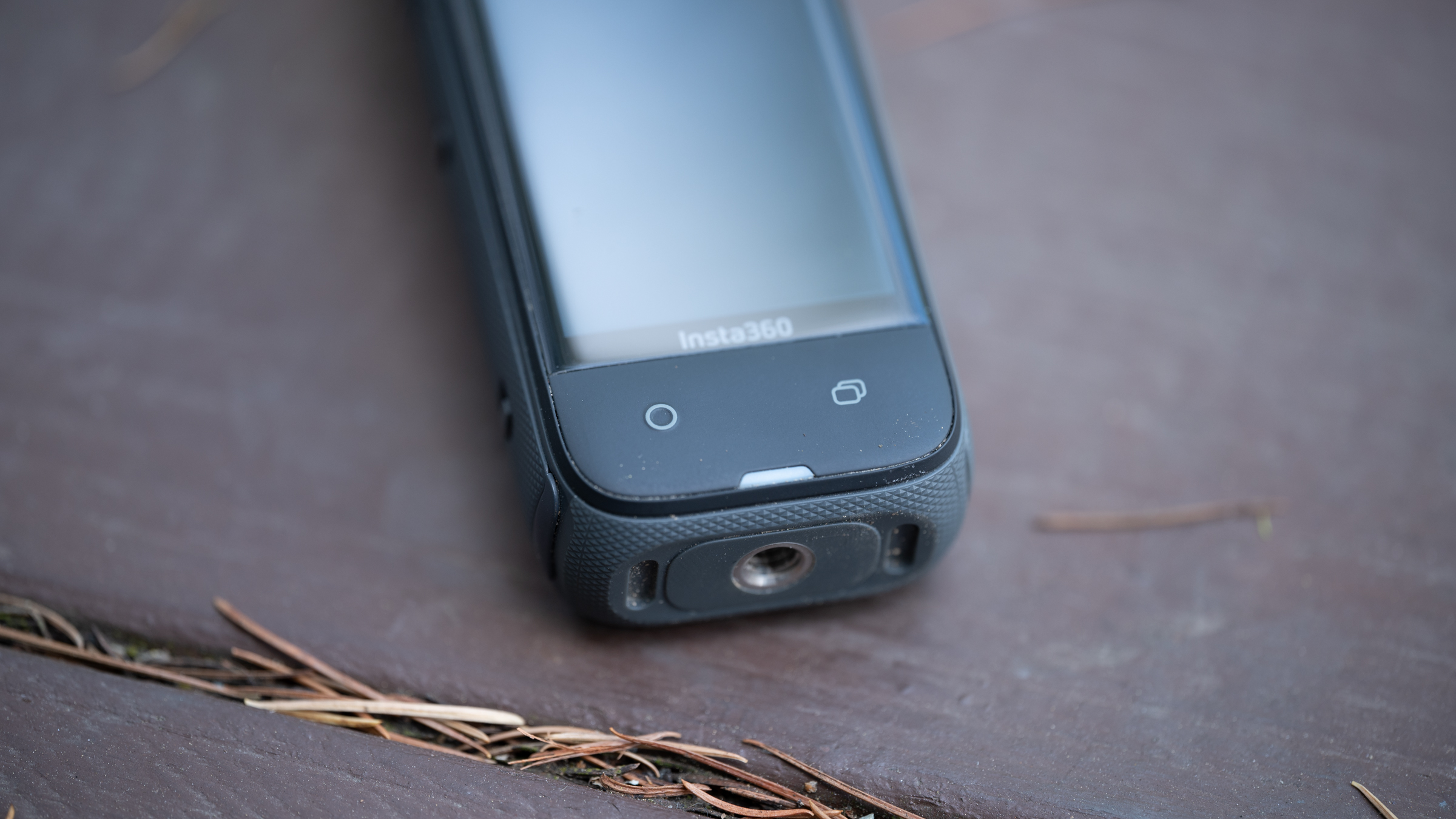
Performance
As I said above, I've been using Insta360 products for years. Generally, I reach for the Insta360 One RS for B-roll footage, the Insta360 Ace Pro for filming myself talking to the camera, and the Insta360 Go3 for unique and unexpected shots. As a content creator and tech reviewer, all of those are needs I sometimes have but it's the Insta360 x3 I use far more.
Every single time I go for a ride, I bring the x3 with me and the reason is simple. The Insta360 x3 is the perfect format for riding a bike. The candy bar shape fits perfectly in my hand while I hold the bars with the other hand. That's only half the story though, the other half of the story is the nature of a 360-camera.
I'm not a professional videographer. That means I generally don't storyboard my work and plan what shots I need ahead of time. The reality is that I'm there to ride my bike first and routinely find myself wanting to grab a shot while in the middle of an hour-long climb, five hours into a ride. On top of that, I'm not a great bike handler and never ride without a hand on the bars. The point of all those qualifiers is to say that the last thing I want to do is move a camera around and think about what I'm filming.
While many people think about a 360 camera in terms of the 'tiny planet' or ultra-wide angle shots, that's not what it's about. What's amazing about a 360 camera is that you are filming everything at once. Once in post, long after you are off your bike, you can decide what the viewer is looking at and you can select a "dewarp" point of view that corrects wide-angle distortion. Insta360 also allows you to create keyframes and the software will smoothly animate between them a la Macromedia Flash from around the turn of the century (simple in-betweening animation for those who don't know that reference).
So what's new here and why all the talk of the Insta360 x3 in a review of the Insta360 x4? The answer to that is for me, the x3 was essentially perfect. I've gotten comfortable talking to it while riding and the mic holds up even with the wind noise. The only thing the x3 is missing is 4k output and the Insta360 x4 fixes that.
If you are confused by the specs, that’s because when you see 8k, or 5.6k for the old camera, that’s the resolution for both lenses at the same time. When you actually upload a video to your choice of platform, you are only taking advantage of one lens at a time. The magic of 360 is that translation from filming everything to looking at one thing but the end result is half the resolution. By upping the overall resolution to 8k, Insta now offers 4k output.
Of course, like any good camera, the exact way you’ll use the x4 will differ but for me it looks like a series of small clips. The battery life is a bit longer now but it’s irrelevant. I pull the camera out of a cargo pocket, hit the shutter button at the bottom of the camera, after turning on quick capture, and the x4 turns on and starts recording. I generally hold it out at arm's length for 30 seconds to a minute then hit the same button and it turns back off. The time between pressing the shutter button and recording has gotten a bit faster with the new camera but that’s otherwise the same experience as before.
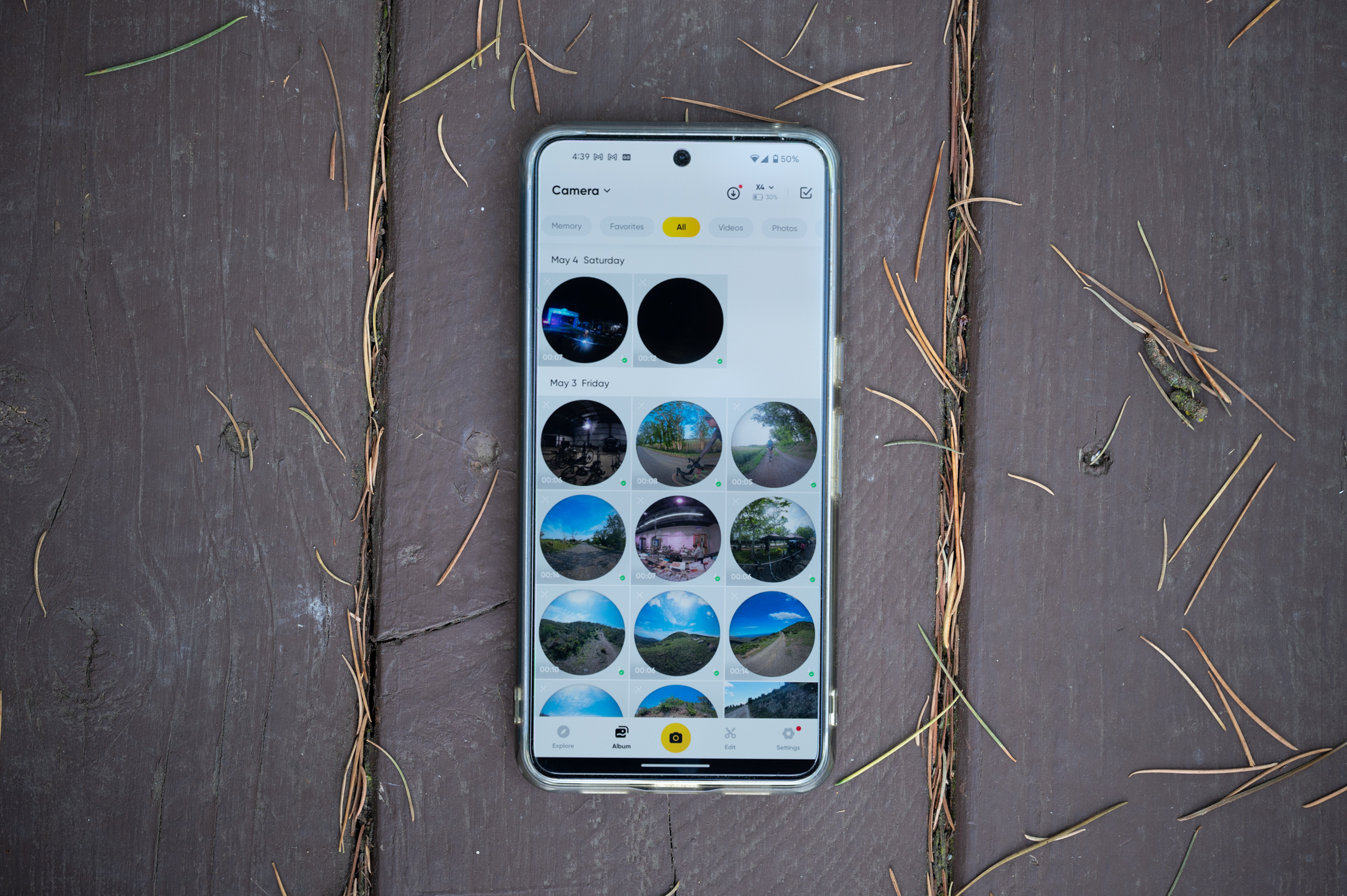
At home, generally lying on the sofa after a long ride, I fire up the Insta360 app on my phone. Everything I need to handle from an editing standpoint is offered in the app so these days I never go further than my Google Pixel 8 Pro where I start by connecting to the camera and downloading the clips. The process moves as quickly as wireless transfer allows but I can keep using my phone while it’s doing its thing in the background.
Once I have all the clips downloaded, it’s time to cut the length and decide what the viewer is looking at. You can do that last bit using keyframes and simply dragging the point of view to where you want it. Once that’s done with all the clips then I can drop them into a single video timeline. I can adjust the transitions though I tend to use a 1-second fade to black, and either export and add music on Youtube or Instagram or there’s a library of music to add. There’s a choice of vertical or landscape framing that you can always choose at any time but otherwise, it’s time to hit export.
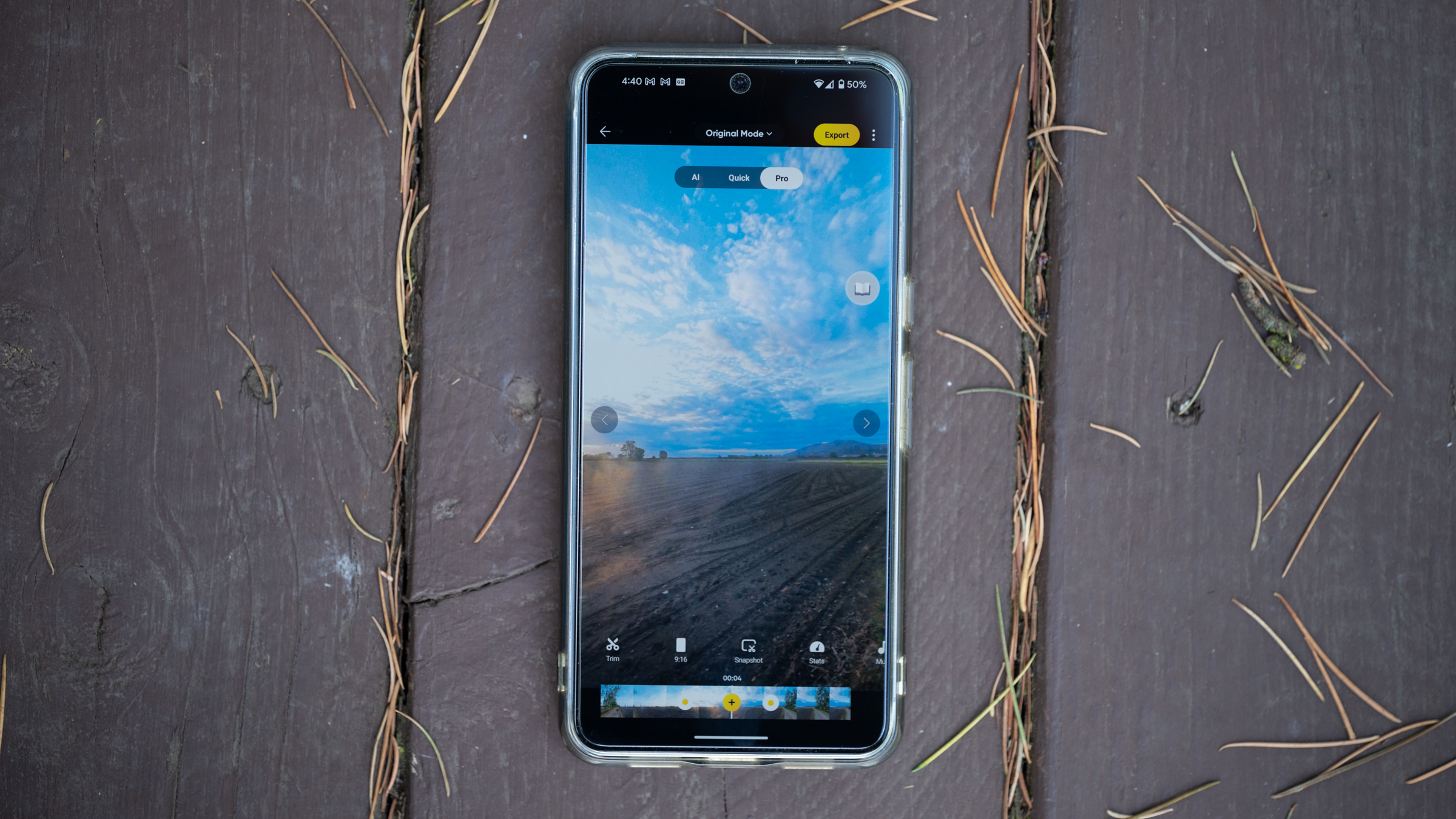
Verdict
If you’d asked me to improve the x3 there was only one thing I would have said. The x3 needed 4k output. The Insta360 x4 adds exactly that while also turning on a bit quicker and including lens guards in the box. There’s nothing else I wanted and I find myself really searching for negatives. The x4 costs more than the x3 and it’s a little bigger so I suppose cheaper and smaller is always a safe wishlist.
That said, if you really want to understand my thoughts on the Insta360 x4, it’s worth considering where I’m typing these words. As I wrap up the final bit of this review, I’m sitting in an airport on my way to race the Traka 360. In my bag, there’s one camera and it’s the Insta360 x4. If I wasn’t travelling around the world for a ride, that would still be true.
When I head out on a bike the camera I carry with me is the Insta360 x4. There’s no competitor offering a similar product and it offers an experience that allows me to share my adventures with people I know and people I don’t. The Insta360 x4 might not be perfect for everyone but if you want an easy way to film while riding, it’s a nearly-perfect product.
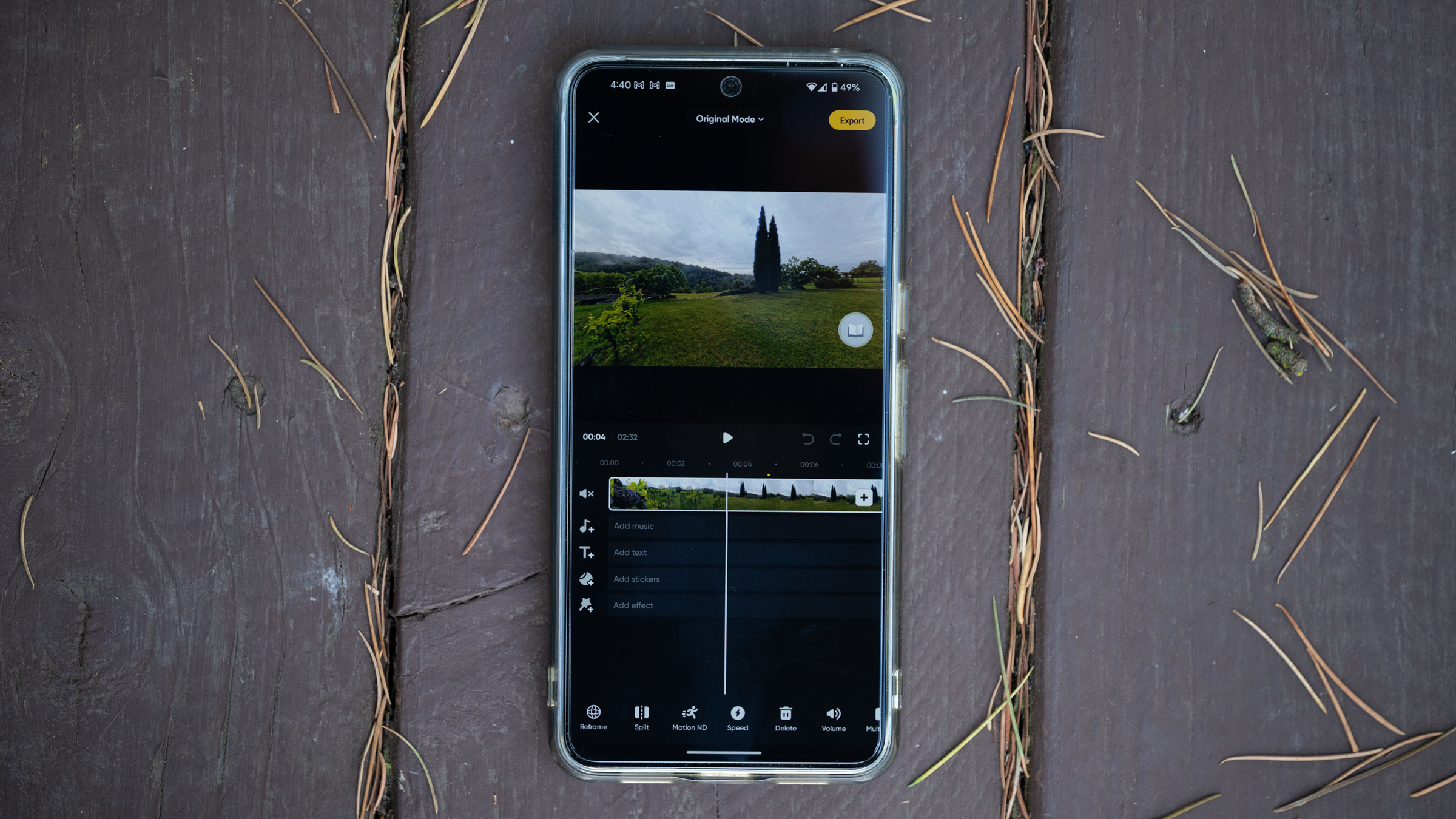
In-depth specs
- Price: Insta360 X4: £499.99 / $499.99 / €559.99
- Aperture: F/1.9
- 35mm Equivalent Focal Length: 6.7mm
- Photo Resolution: 72MP (11904x5952) 18MP (5888x2944)
- Video Resolution: 360º Mode: 8K: 7680x3840@30/25/24fps 5.7K+: 5760x2880@30/25/24fps 5.7K: 5760x2880@60/50/30/25/24fps 4K: 3840x1920@100/60/50/30/25/24fps Single-Lens Mode: 4K: 3840x2160@60/50/30/25/24fps 2.7K: 2720x1536@120/100/60/50fps 1080p: 1920x1080@120/100/60/50fps
- Photo Modes: Photo, HDR Photo, Interval, Starlapse, Burst
- Video Modes: Video, Active HDR, Timelapse, TimeShift, Bullet Time, Loop Recording, Pre-recording
- Colour Profiles: Standard, Vivid, Flat
- Weight: 203g
- Dimensions (W x H x D): 46x123.6x37.6mm
- Run Time: 135 mins *Tested in a lab environment in Video Mode at 5.7K30fps. Run time at 8K30fps is 75 minutes.
- Max Video Bitrate: 200Mbps
- Gyroscope: 6-axis gyroscope
- Exposure Value: ±4EV
- ISO Range: 100-6400
- Shutter Speed: Photo: 1/8000 - 120s Video: 1/8000 - to the limit of frames per second
- White Balance: Auto, 2000-10000K
- Audio Modes: Auto Wind Reduction, Active Wind Reduction, Stereo, Direction Focus
- Audio Format: 48kHz, 16bit, AAC
- Bluetooth: BLE 5.2
- Wi-Fi: 2.4GHz, 5GHz, 802.11 a/b/g/n/ac
- Storage: No built-in storage. Supports microSD cards up to 1 TB.
- Charging Method: Type-C USB
- Charging Time: Charge to 80% in 38 minutes (9V 2A) Charge to 100% in 55 minutes (9V 2A)
- Use Environment: -4°F to 104°F (-20℃ to 40℃)







